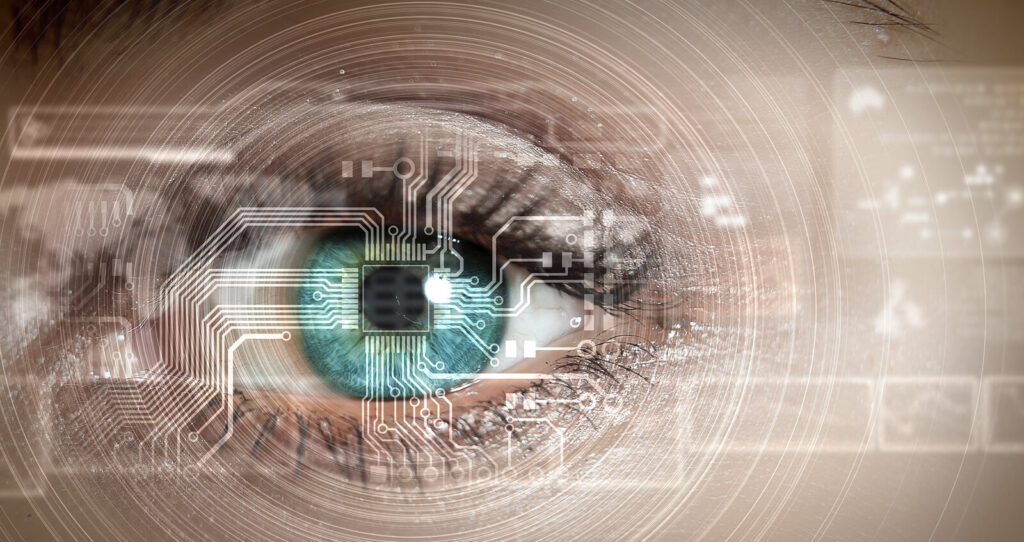A groundbreaking study published in Science Advances by researchers from the University of Aberdeen and UC Berkeley has revealed that our perception of the present is actually an average of the last 15 seconds of visual input.
This phenomenon, termed a “visual stability illusion,” explains how the brain smooths out the chaotic stream of visual data from our eyes to create a stable, cohesive image.
Instead of processing every visual snapshot in real time, the brain merges recent frames to prevent sensory overload. This mechanism, known as “serial dependence,” ensures that objects appear consistent over time, similar to how video stabilization software reduces jittery footage.
To demonstrate this effect, researchers showed participants videos of faces slowly aging over 30 seconds. Despite the continuous change, participants consistently perceived the faces as closer in age to images seen 15 seconds earlier. This lag allows the brain to reduce visual “noise” caused by motion, lighting changes, and perspective shifts, prioritizing stability over momentary precision.
While this 15-second delay enhances daily perception, it has potential downsides in critical tasks like medical imaging, where radiologists may unconsciously rely on earlier visuals, impacting real-time accuracy.
These findings not only shed light on the brain’s remarkable ability to stabilize our perception but also offer promising applications for technologies like augmented reality, where mimicking this mechanism could revolutionize user experiences.
Next time you notice a shaky video, remember—your brain is quietly stabilizing your view of the world, 15 seconds at a time.


